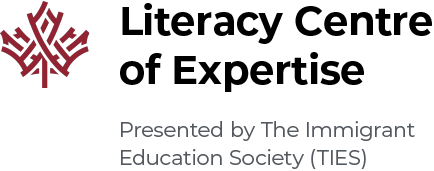
by Patricia Len
LINC Literacy Instructor at TIES
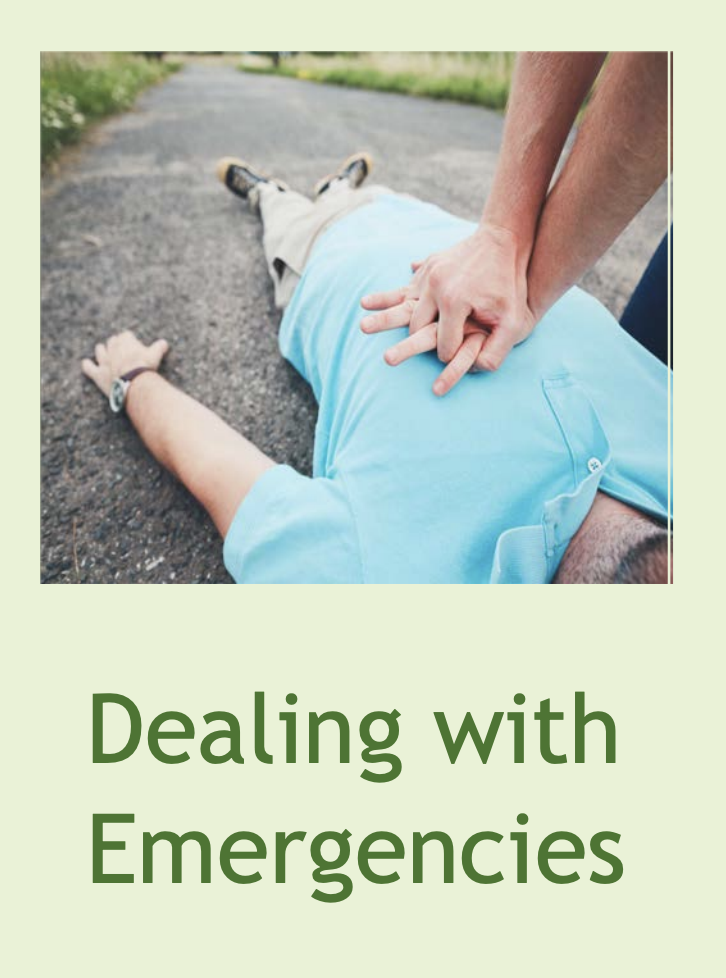
Teaching the Dealing with Emergencies module was a great, positive experience for me and my students!
I teach a full-time Literacy 1/2 split class online. I used this module before the Literacy module was released by the CCLB. There are now three dedicated literacy modules released by the CCLB. But because there are many regular CLB modules available I will outline how I approached and modified the material for my literacy learners.
Why I Loved Working with this Module
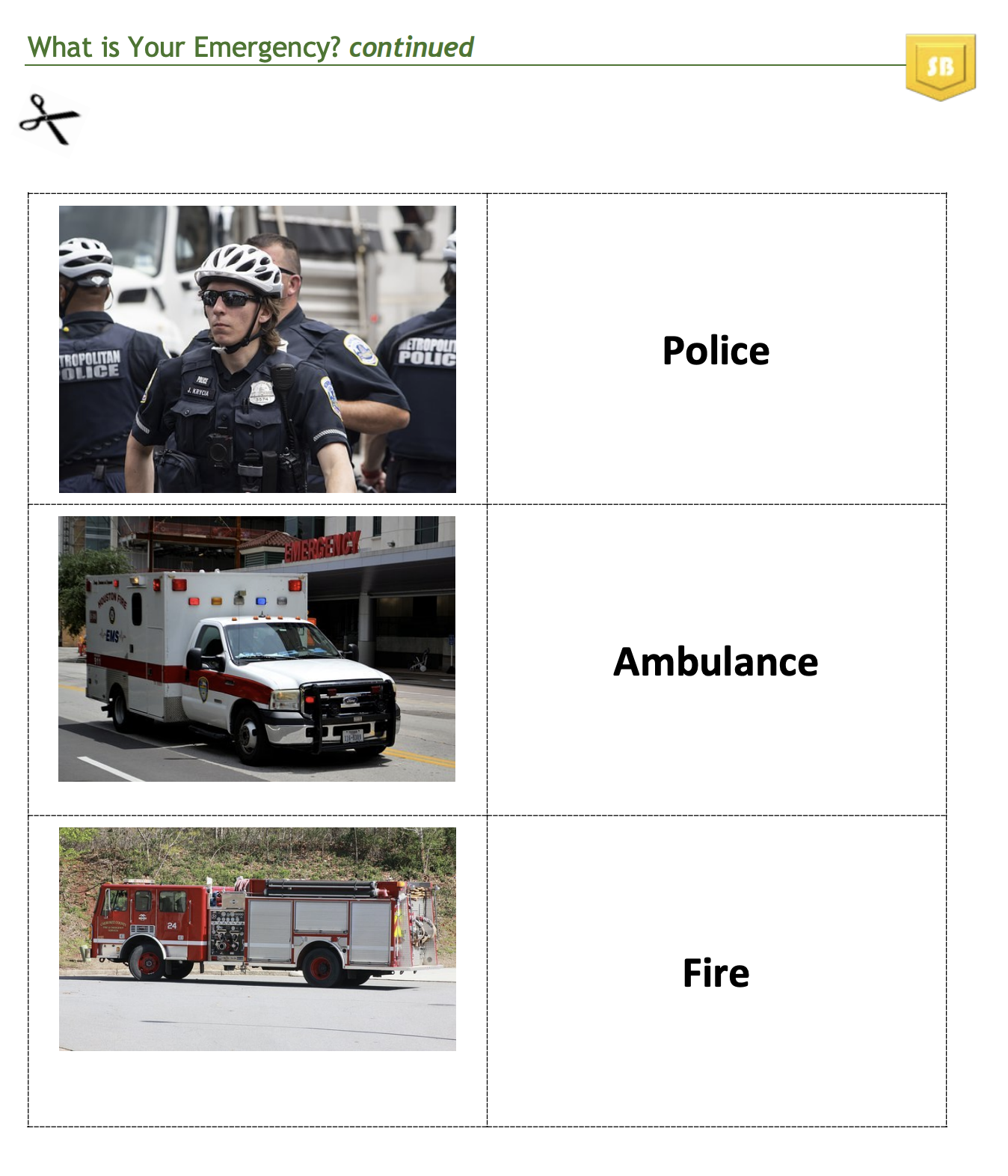
Classroom Ready Resources
It is nice to have something to work with (especially online visuals and audio) so that you can focus more on the teaching aspect.
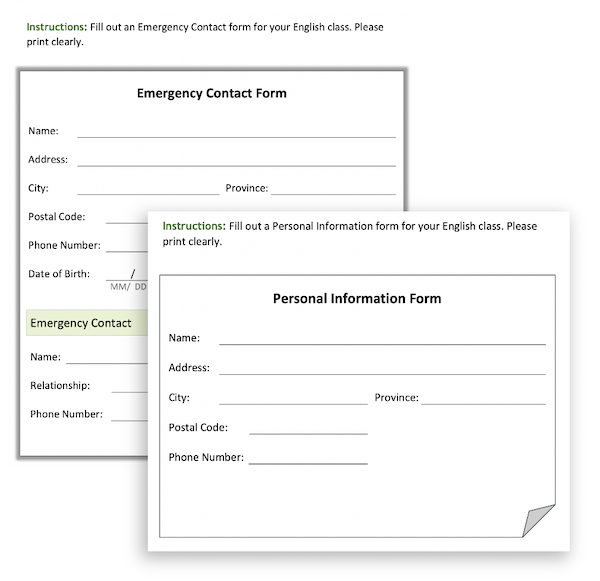
Assessment Tasks at Two Levels
It was great to have ready made tasks at two levels. All I had to do was transform the assessments into google forms for my online class!
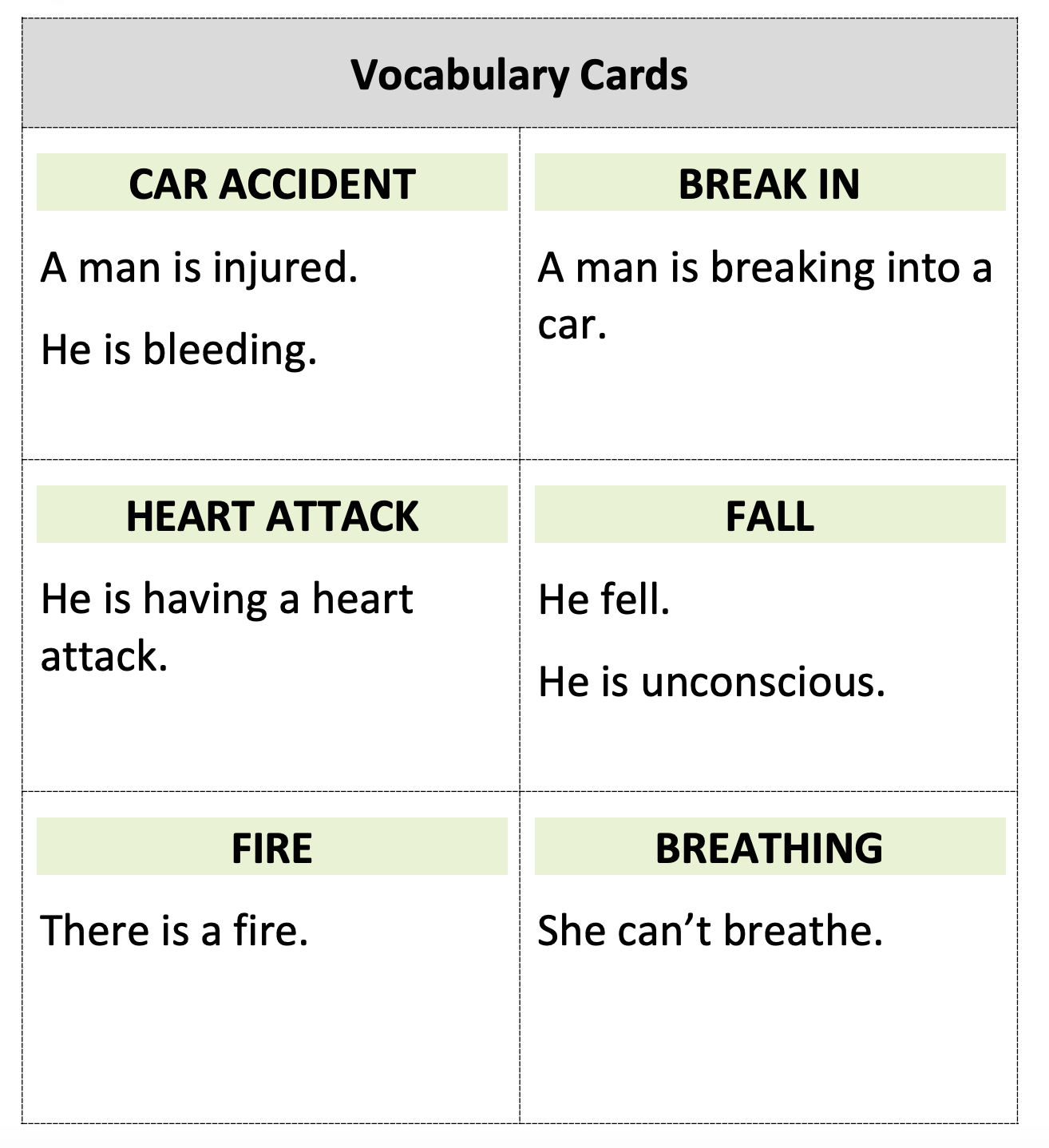
Skill Building Activities
There is more than one skill building activity in each skill area with various ideas of how to teach it. The repetition and scaffolding are important for literacy learners.
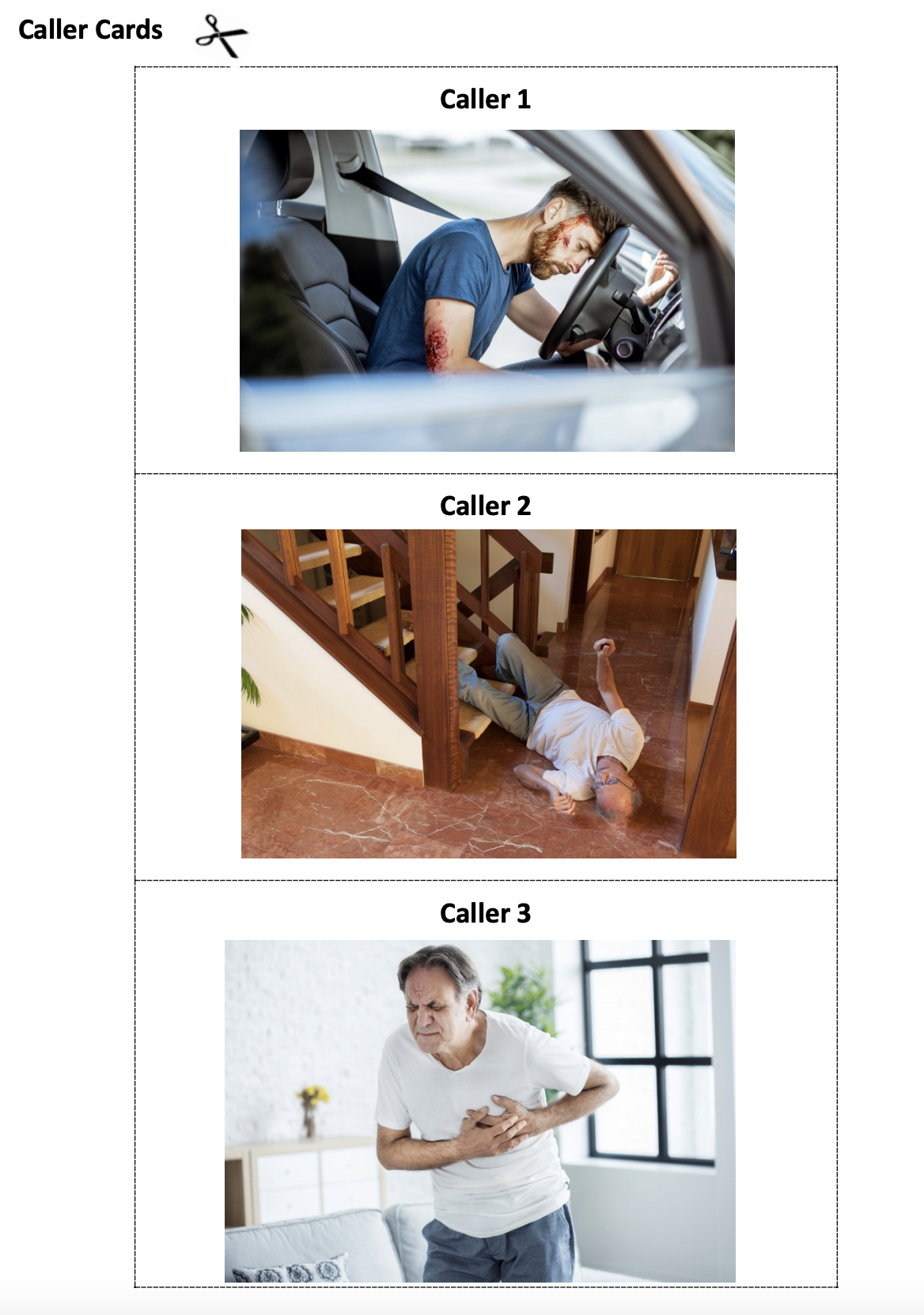
Skill-Using Tasks
I really liked how organized the module was with the flow from skill building to skill using to assessment tasks for each skill.
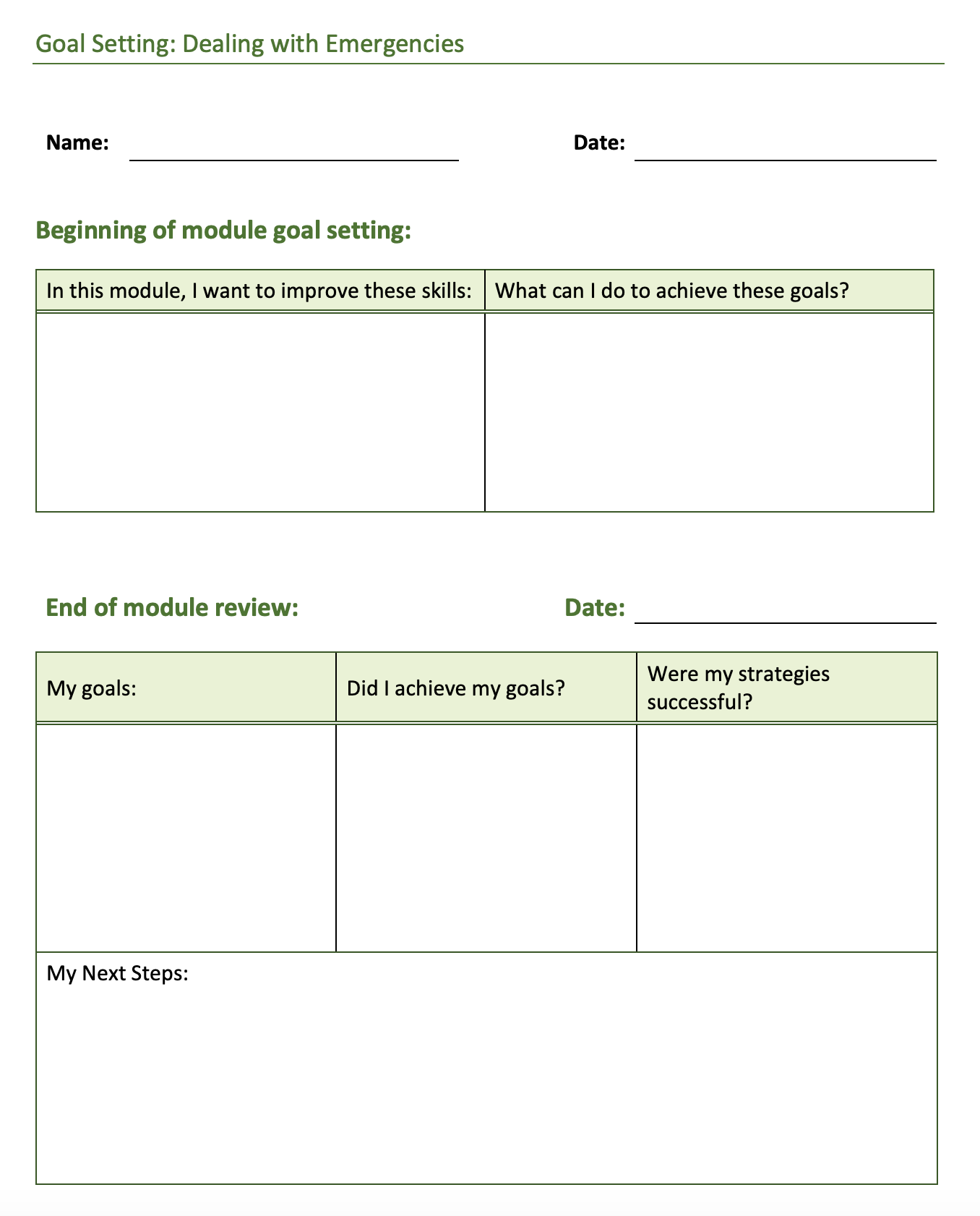
Goal Setting and Learner Reflection Tools
I didn’t use all the learner reflection tools but there was a lot to choose from!
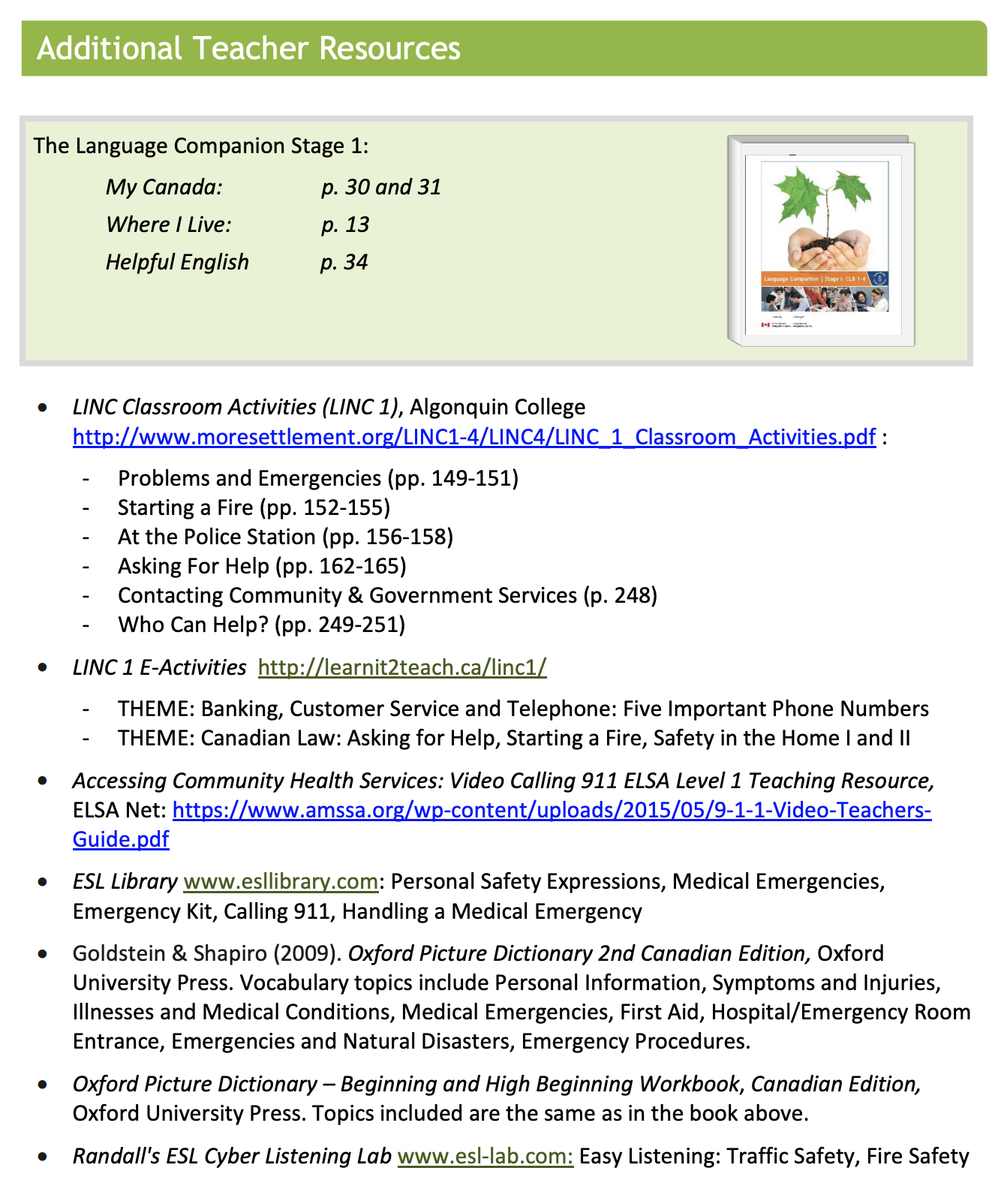
Reference List of Additional Resources
Videos and audio transcripts are great for literacy learners.
How I Used the Module and What I Changed
In each segment I include some suggestions and considerations for supporting literacy learners when working with a module that is not specifically designed for literacy learners.
It took me about 4-5 weeks to complete the module. Each week I covered one skill and then completed the skill building, skill using and the real-world task for that skill.
Modules often have interrelated Real World Task Goals. All skills support each other but I decided to teach in a sequential order starting with listening then speaking, reading and writing. I found this order worked well for my literacy learners.
You may find that your literacy learners speaking and listening skills are higher than their reading and writing skills. Therefore, emphasizing oral practice is important as a way of developing vocabulary and reinforcing learning. For example, in this module we learned the word fire – they can’t read fire if they don’t know what fire means. First, we start off with a discussion about fire and show a visual to help them understand the meaning. Looking at a flashcard or a google image of fire will facilitate discussions about fires and emergencies and support them in their reading and writing skills.
Week One – Listening Skill: RWT Understand simple requests for information in an emergency.
Introduce the module to the class with warm up questions and use the language companion for support. This includes using group work and alternating before whole group discussion. Some questions: What is an example of an emergency, what is the emergency number in your country?
*Literacy learners: Elicit and record ‘experience’ stories from learners about dealing with an emergency (Language Experience Approach).
Skill Building:
Building vocabulary to describe emergencies – This activity focuses on the vocabulary associated with emergencies and 911 calls. Since learners at CLB 1-2 have likely had little exposure to emergency vocabulary, it is a good idea to introduce new words slowly.
Recognizing the difference between an emergency and a non- emergency.
*For literacy learners, use a lot of picture/picture, picture/word matching to practise identifying vocabulary.
Skill-Using:
Listening to a 911 call – This activity helps learners recognize typical questions a 911 operator asks during an emergency call.
Students really enjoyed listening to the audio scripts of calls and trying to figure out the answers to the questions afterwards. I presented the listening texts with multiple repetitions for both skill building and formal assessments.
*For literacy learners, present the listening texts in segments with multiple repetitions.
Assessment:
I had to modify it for some learners to allow for oral responses (instead of written) on comprehension questions for the listening assessment. Even though I still used the comprehension questions for general practice.
*For literacy learners, allow for oral responses on comprehension tasks for receptive tasks.
Week Two – Speaking Skill: RWT Respond to questions about an emergency.
Skill Building:
Describing an emergency – This included reviewing parts of the body and health symptoms which is great to review from previous modules and allows for repetition.
Pronunciation practice – This focus on language/form is done later in the task sequence (week 2 after the meaning and discussion). You can focus on other forms as well in Week 3 and Week 4 when doing reading and writing skills.
*Literacy learners – Break each skill-using task into small, manageable parts. Introduce each new part of the task slowly to ensure overall success. Have learners focus on aspects of a task instead of the task.
Skill-Using:
Answering a 911 operator call. The scenario cards with prompts were great for my literacy learners. There was a picture of an emergency and the address. It gave them something to look at when answering questions about the 911 call.
Assessment:
Look at your picture and answer the operator’s questions in a 911 call.
Literacy 1 learners answer 4 questions; 1. 911, for which city? (the city name is written on the picture). 2. Fire, ambulance, or police? (by looking at the picture, they should be able to identify which one of the three is the answer) 3. What is your emergency? (they practiced the descriptions in class) 4. What is the address? (the address is written on the picture). There are two questions added for literacy 2 learners: Is he breathing? is he conscious? (they answer yes or no).
Week Three – Reading Skill: RWT Understand basic details in simple information about emergencies.
Skill Building:
Reading about an emergency – Part of this Reading activity includes learners making predictions about a text and re-telling the story orally using picture cards.
Pulling over for emergency vehicles – this was difficult but with adjusting the complexity of the text and using less information and fewer questions the students were able to understand.
*Literacy learners- Adjust the complexity of tasks or texts for skill-building and skill-using tasks so that they are easier for literacy learners.
Skill-Using:
Smoke detectors. I found this material to be difficult reading material for my 1/2 literacy learners. I modified the story and comprehension questions. I included less reading comprehension tasks.
*Literacy learners – Reading out loud as learners follow along and with additional time to complete the reading comprehension.
*Create a sight word wall with vocabulary related to the topic.
Assessment:
Read about calling 911. Check yes or no. Literacy 1 learners have 5 yes/no questions to answer and Literacy 2 learners have 7 questions. The reading includes pictures and is in one sentence note format (no more than 5 sentences). The yes/no format is best used with literacy learners and should be practiced in the skill building reading activities prior to the assessment.
Week Four – Writing Skill: RWT Complete an emergency contact form with personal information.
Skill Building:
Filling out forms: Practice and vocabulary: The purpose of this activity is to help learners recognize the fields in a simple form and understand the kind of information being asked for. Filling out forms is a transferrable skill that can help them in a variety of situations, such as renting an apartment or looking for a job.
Skill-Using:
Completing an Emergency contact form -they apply the skills they used in the skill building activities to complete the task.
*Literacy learners- Encourage the use of additional supports such as dictionaries, word banks or phones during activities.
Assessment:
Literacy 1: Fill out a personal information form for your English class. Please print clearly. (There are 6 lines – Name, address, postal code, city, province, phone number)
Literacy 2: Fill out an emergency contact form for your English class. Please print clearly. You add the emergency contact part to the form above– (3 lines _Name, relationship, phone number).
Keep in mind, literacy learners can check their id’s, cards, or notebooks to help them fill out the form. We are assessing their skills to print clearly and fill out the correct information in the right place, not their memorization of information.
I used this module plan while teaching online and it was a life saver! Online teaching requires so much more planning and attention to digital skills that I would not have slept if I had to create a module from scratch.
As of now the CCLB has three literacy 1/2 Modules: Dealing With Emergencies, Finding a Place to Live and Reporting a Lost, Stolen or Damaged Bank Card. They can be found on Tutela and on the PBLA Practice Guideline.
